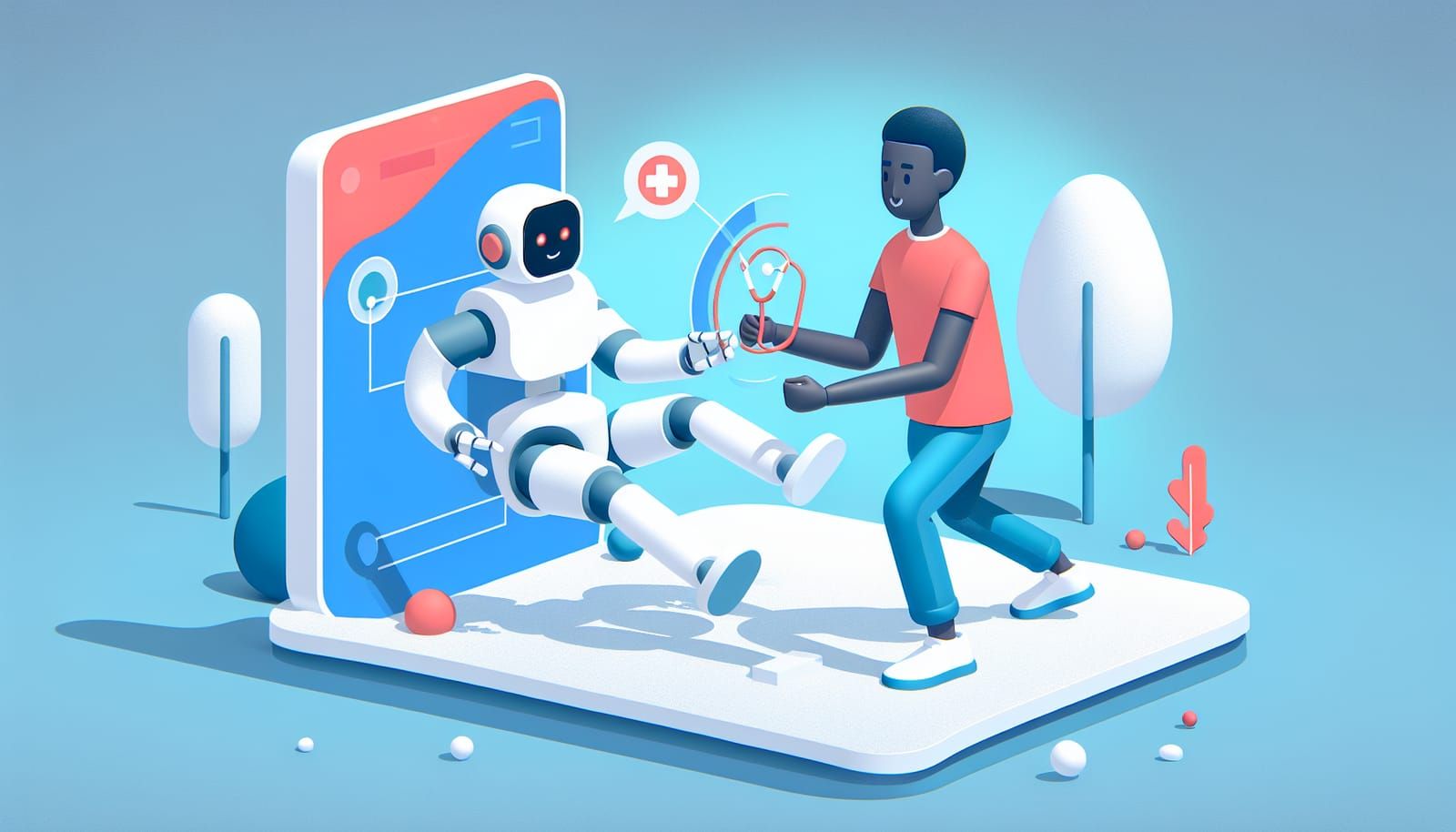Artificial Intelligence (AI) has been a hot topic in recent years, sparking conversations about its capabilities, potential, and even its limitations. One of the most intriguing questions that arise in discussions about AI is: Can machines be creative? This debate takes us on a fascinating journey through the realms of art, music, writing, and beyond. It challenges our understanding of creativity itself and what it means to be imaginative. Let’s dive into this captivating subject!
What Is Creativity?
Before we can discuss whether AI can be creative, we need to understand what creativity is. Creativity is often described as the ability to generate new ideas or concepts, or to find unique solutions to problems. It involves thinking outside the box and connecting seemingly unrelated things in novel ways. Humans express creativity in myriad forms, including art, literature, music, and even scientific innovation.
But can a machine, programmed with algorithms and data, replicate this complex human trait? To answer this, we must first explore how AI works and how it approaches tasks.
How Does AI Work?
At its core, AI is a branch of computer science focused on building systems that can perform tasks that typically require human intelligence. These tasks include understanding natural language, recognizing patterns, and making decisions. AI systems learn from vast amounts of data and identify patterns within that data. They use this information to make predictions or generate outputs based on what they have learned.
For example, AI can analyze thousands of paintings to understand different art styles and then create a new piece of art that reflects those styles. But is this creativity? Or is it simply mimicking what it has learned?
The Argument for AI Creativity
Many proponents of AI argue that machines can indeed be creative. They point to various examples of AI-generated art, music, and literature as proof. For instance, an AI program named AICAN has created original artworks that have been exhibited in galleries and even sold for thousands of dollars. Similarly, AI-generated music has topped charts and won awards, showcasing the machine's ability to compose melodies and harmonies.
Supporters of AI creativity argue that these achievements demonstrate the potential for machines to produce work that resonates with human emotions, challenges traditional norms, and inspires new ideas. They see AI as a tool that can enhance human creativity rather than replace it.
The Argument Against AI Creativity
On the flip side, critics argue that AI is not truly creative because it lacks consciousness, emotions, and intent. They believe that creativity is inherently tied to human experiences, feelings, and thoughts. For them, AI's outputs are merely the result of algorithms processing data, not the product of genuine creativity.
These critics often highlight that AI cannot create something entirely new; it can only remix existing ideas. For instance, while AI can generate a new image or song based on learned styles, it does not have life experiences or emotions that inform its creations. In their view, creativity involves a depth of understanding and emotional connection that machines cannot replicate.
AI as a Collaborator
Rather than viewing AI strictly as a creator or a non-creator, many experts suggest that it can be seen as a collaborator. Imagine a painter who uses AI to generate various color palettes or patterns that they can incorporate into their work. Or a musician who uses AI to suggest new chord progressions. In these cases, AI becomes a partner in the creative process, enhancing human creativity rather than replacing it.
This collaborative approach opens new avenues for artists, writers, and musicians to explore their creativity in innovative ways. It encourages experimentation and allows creators to push boundaries they may not have considered before.
The Future of AI and Creativity
As technology continues to advance, the debate over AI creativity will likely evolve as well. We may see the emergence of more sophisticated AI systems capable of generating even more complex and nuanced works. This could lead to exciting new genres of art, music, and literature that blend human and machine creativity.
However, as we embrace these advancements, it’s essential to foster discussions about the ethical implications of AI in creative fields. Questions about authorship, ownership, and the value of human creativity will become increasingly relevant. Who owns the rights to an AI-generated piece of art? Should AI be credited for its contributions? These questions will shape the future of creativity in the age of AI.
What Lies Ahead?
The journey of AI and creativity is just beginning. As we explore the capabilities of machines, we must also reflect on what it means to be creative ourselves. Perhaps the essence of creativity lies not solely in the final product but also in the processes and experiences that lead to those creations.
Whether AI can be classified as creative may ultimately depend on how we define creativity. If we view it as the ability to generate new ideas and solutions, then AI certainly has the potential to contribute to the creative landscape. However, if we define creativity as a deeply human experience rooted in emotion, consciousness, and unique perspectives, we may find ourselves still holding that title in a realm all our own.
In conclusion, the debate over whether AI can be creative raises important questions about the nature of creativity itself. While AI has demonstrated remarkable capabilities in generating art, music, and literature, it does so through patterns and data rather than experiences and emotions. As we move forward in this exciting field, we must embrace the potential of AI as a collaborator, challenge our definitions of creativity, and explore the rich possibilities that lie ahead.
The future of creativity is undoubtedly bright, filled with innovation, collaboration, and the promise of new artistic expressions that combine the best of human and machine capabilities. So, whether you’re an artist, writer, musician, or simply someone curious about AI, remember that creativity knows no bounds. With the right tools and inspiration, we can all unlock our creative potential, together with AI!


